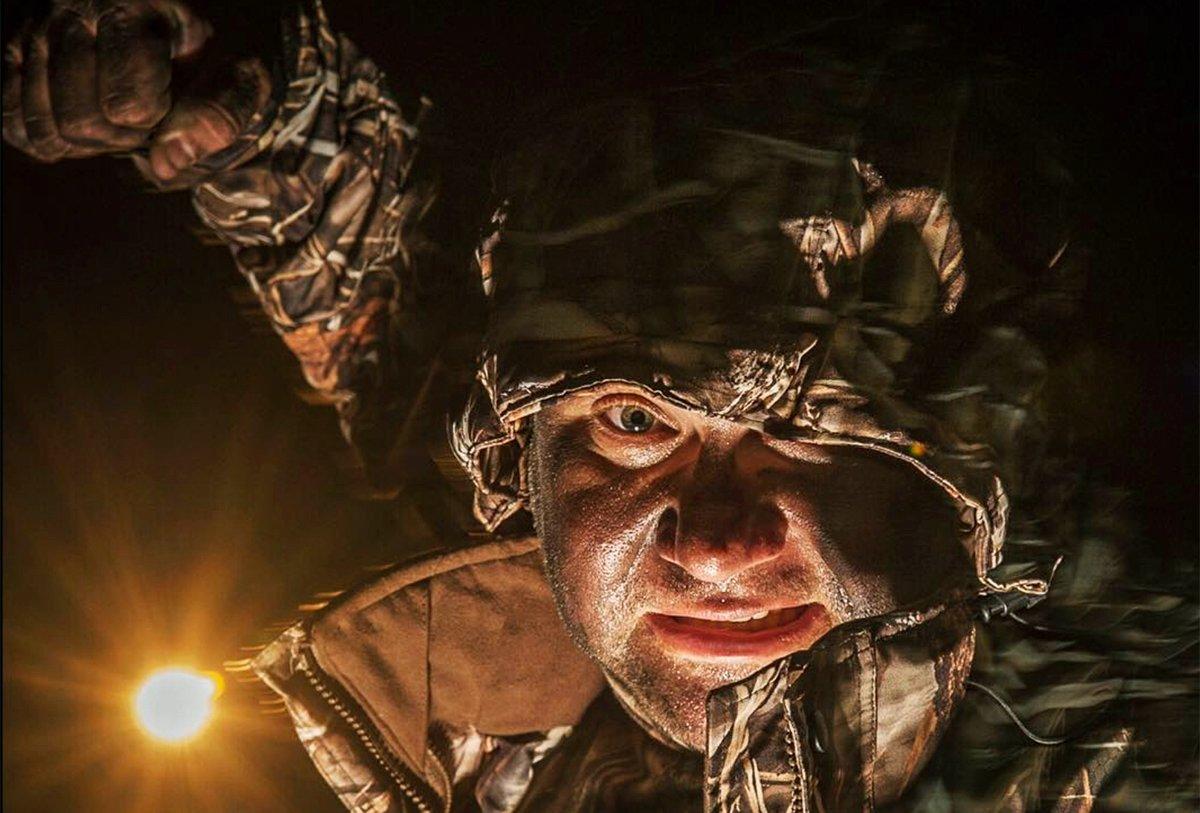Some say bad behavior prevails, but perspective casts doubt
An old saying maintains that no one hates a duck hunter like another duck hunter, and that probably holds more weight nowadays. Many waterfowlers maintain that bad behavior by other folks is ruining the sport, and they blame television, YouTube, marketing, social media or a general moral decline for the problem.
Some of those contentions carry grains of truth, but if you've been around awhile (spoiler alert: I'm old), you'll realize that you probably heard similar gripes decades ago. Everyone has witnessed poor behavior or shaky ethics in the marsh or timber, but I wonder if the situation has truly gone downhill or whether bad stuff has always been present to some degree. Here's my take on the current state of several common waterfowling behavioral problems.
Sky-Busting
Shooting at ducks or geese that are out of range has always been an issue, whether you were slinging lead 40 years ago or are firing the hottest new tungsten-based loads today. The situation probably hasn't improved, but I can't say it's gotten worse. Some hunters simply cannot determine effective range and therefore take iffy shots. Others might just succumb to temptation.
One aspect of this has worsened: the perception that technology has greatly increased the distance at which you can cleanly kill birds. Without question, modern shotshell materials and engineering combined with precision chokes have boosted downrange capabilities. But that does not mean you can — or should try — to kill ducks and geese at 80 yards. You'll cripple a bunch but kill and retrieve very few.
Shooting Swing Ducks
Geezer alert: Back in the day, it was an anathema to shoot at ducks that swung over your rig but were obviously working someone else's spread. Hunters might have regressed in this aspect. In fact, I can't remember the last time I saw someone in an open marsh or river situation pass on birds that were likely just turning downwind to approach another setup. Yes, it can be tough to say whether a flock was working another spread or attracted to yours. But I think this probably occurs because hunters see a shot opportunity and take it. And I doubt that will change.
Crowding and Tail-Piping
As with sky-busting, this has always been part of the public waterfowling scene. For decades, trucks with boat trailers have jammed launch ramps and nearby roads on opening weekend. Meanwhile, hunters constantly complain of other groups setting up too close or stealing their spot.
I have difficulty stating that these scenarios have increased. Thanks to the internet and other technology, secret spots no longer exist. But on the flip side, famous areas such as Bayou Meto and Horicon Marsh have always received publicity. So has the situation deteriorated? Maybe, but I think it depends on the area and scenario.
The same goes for intolerance of other hunters. We hear about Arkansas boat races and harsh words shouted between groups. That has always occurred. I remember near fistfights, strings of cuss words, and even threats of bodily harm at public spots decades ago. Nowadays, at least, many folks try to avoid conflict and even offer to join forces when faced with competition.
Field Fouls
Everyone's heard about groups leaving ruts in farm fields or driving over standing crops. And that selfish, shortsighted stuff often results in landowners denying permission to all hunters.
If this has increased, it's likely because more guys hunt dry fields nowadays. Anyone who's spent considerable time in a layout blind knows to ask landowners whether they can drive on fields. Hunters who don't are just ignorant. Unfortunately, the problem persists.
Hunting for the Crowd
Rank-and-file waterfowlers commonly complain that some high-profile hunters or wannabe stars rack up big piles of birds solely to post on social media platforms. That's true in some cases, but before Facebook, Instagram and the like existed, guys still killed large numbers of birds to brag about it. They just talked about it in taverns or sports shops, not online. And those pretty high-res profile pics we see nowadays are just descendants of the blurry Polaroids that used to cover the wall of every local bait shop.
For better or worse, some folks hunt for status, bragging rights or professional gain. And they always have. Those social media feeds just have a broader reach than the bait-shop photos.
Click here for more Realtree waterfowl hunting content. And check us out on Facebook.








